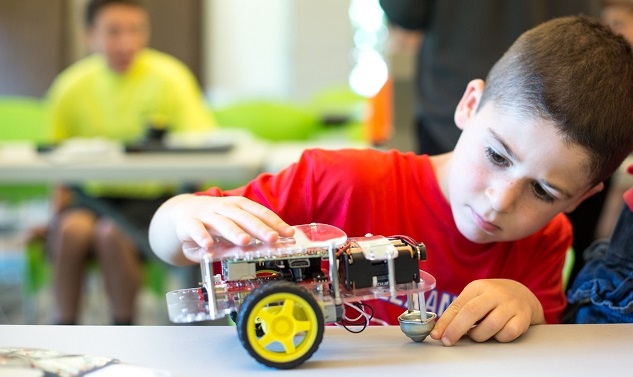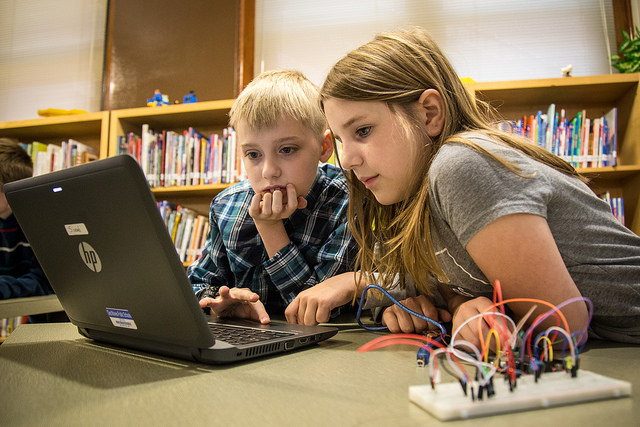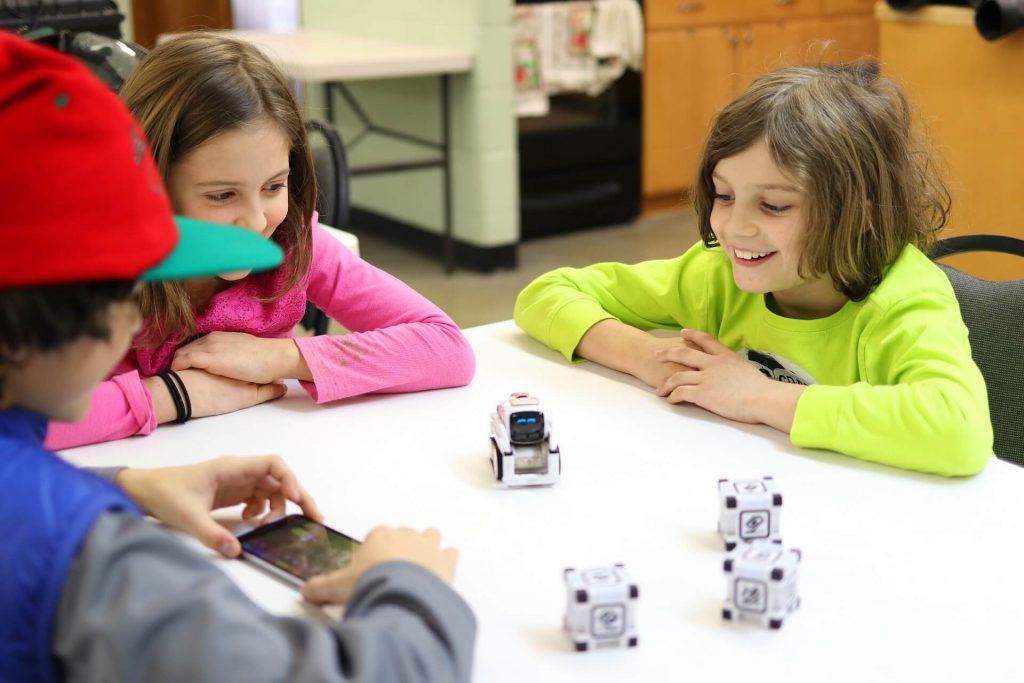STEM education is at the forefront of education, and as teachers it’s our job to ensure our students are getting and gaining the knowledge they need in order to have a successful future. STEM, otherwise known as science, technology, engineering, and math, is an essential component of 21st century education.

STEM-proficient students are logical thinkers and are able to answer complex questions and develop solutions for those problems. These are skills our students needs in order to keep up with other diverse countries. Here we’ll take a brief look at how you can ensure you’re integrating STEM education into your curriculum.
By: Janelle Cox
Integrating STEM
You don’t have to change the way you teach in order to be strong in STEM education, you can start by simply tweaking the way you ask your students questions. You can add words such as experiment and model to create an environment where all students will be used to hearing these important STEM words. You can expose students to educational technology like iPads, computers, Smartboards or other new technologies. Technology is a huge component in STEM education, and by giving students more access to it, you will only better prepare them for the future.
An easy way to integrate STEM into any subject matter is to have students read a fictional book and design a solution to a problem one of the characters has faced in the story. Another way is to have students read books that utilize the engineering component in STEM. A non-fictional storyline about airplanes or even robots can intrigue young learners while they learn how they work. Students can take what they read and create models to help solve problems. Legos are another fun and age-appropriate way to intersect STEM education because they allow students to build and explore while learning new important concepts.

STEM Lessons
One way to provide students with the opportunity to explore a real-world scientific problem, is to give them a hands-on experience. Ask students to identify a real-world problem, then ask them questions to explore the problem (and potentially solve it). Next, have students develop solutions and lastly explore a hands-on activity.
An appropriate example of a STEM lesson for science would be about pollution. Ask students what they think they can do as a student to reduce the amount of pollution in their community. Use technology as part of their research or for a resource. Ask students complex questions and have them engage in logical reasoning to develop solutions for the real-world problem (they can do this while working in groups). Next, the (engineering) component would have students design or construct a solution to the problem. Finally, the (mathematics) component would have students interpret the data that they found on pollution.
Make sure you connect a STEM career to whatever real-world problem you ask students to solve. When discussing pollution, be sure to add that individuals who try and solve this issue are people who have jobs like environmental impact specialists, civil engineers, chemical engineers, chemists, and environmental scientists. This is a good way for students to understand that real world STEM problems and solutions are at the forefront of our society, and that real people with careers in this field are working hard to solve them.
What a Great STEM Lesson Looks Like
There are a few characteristics that make a great STEM lesson. Here are a five of them.
- They focus on real world issues (pollution, clean water, medicine, nuclear terror).
- They take students through the engineering design process.
- They are hands-on and collaborative.
- They connect math and science seamlessly.
- They can have multiple right answers.
Effective STEM instruction is dependent upon the way you plan your activities and the questions you ask your students. An ordinary classroom can easily turn into a productive STEM learning environment simply by the way you teach. In order for your students to have the skills that are necessary for living in the 21st century, it’s essential that you plant the seeds today that will make your students successful tomorrow.
How do you integrate STEM equation into your curriculum? Please share with us in the comment section below, we’d love to hear from you on this topic.

Discover more about STEM!
Check our products page and start your lessons with RobotLAB and our learning Platform EngageK12!
RobotLAB products Take me to Engage! K12
This article is original from TeachHub: https://www.teachhub.com/how-integrate-stem-your-curriculum
